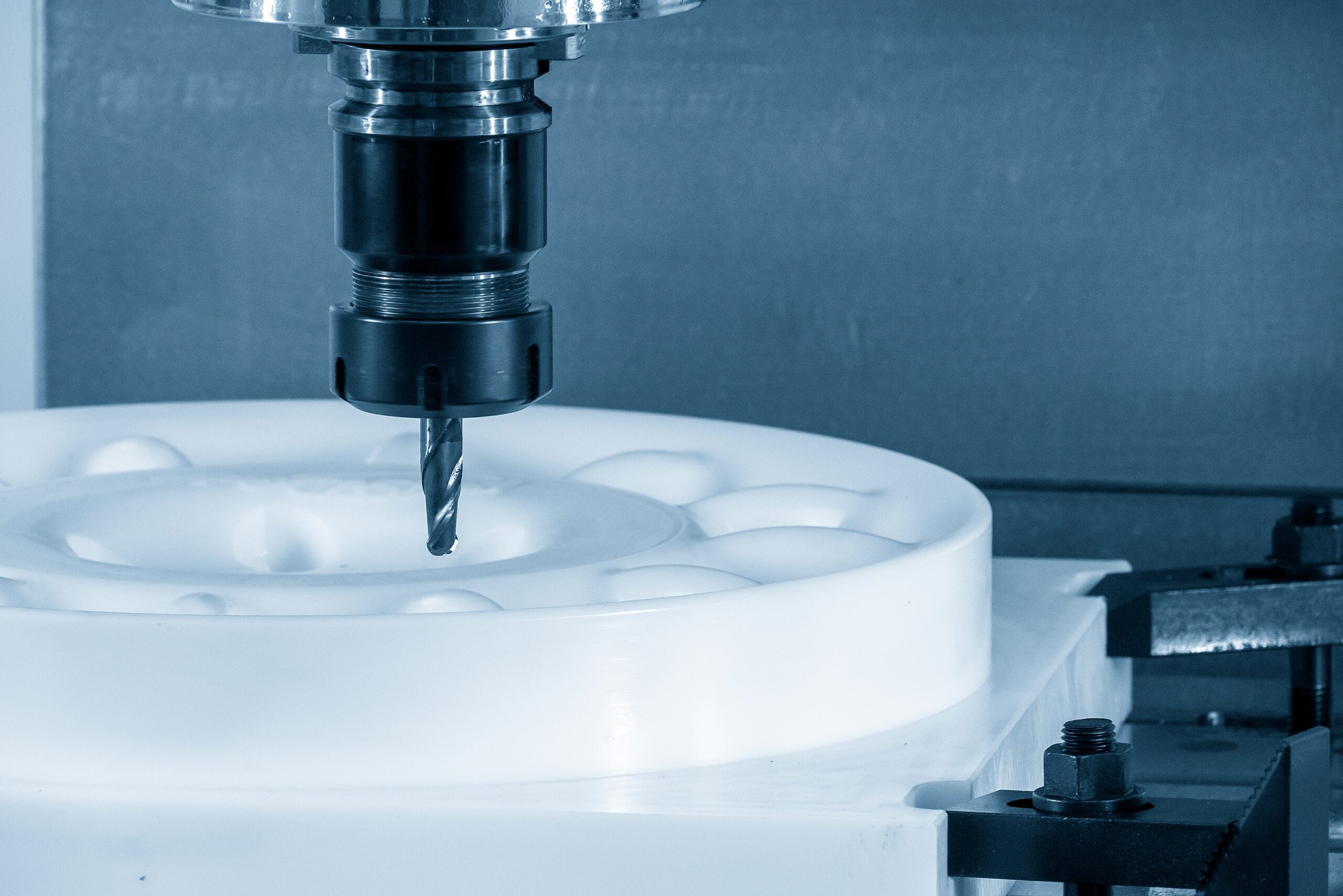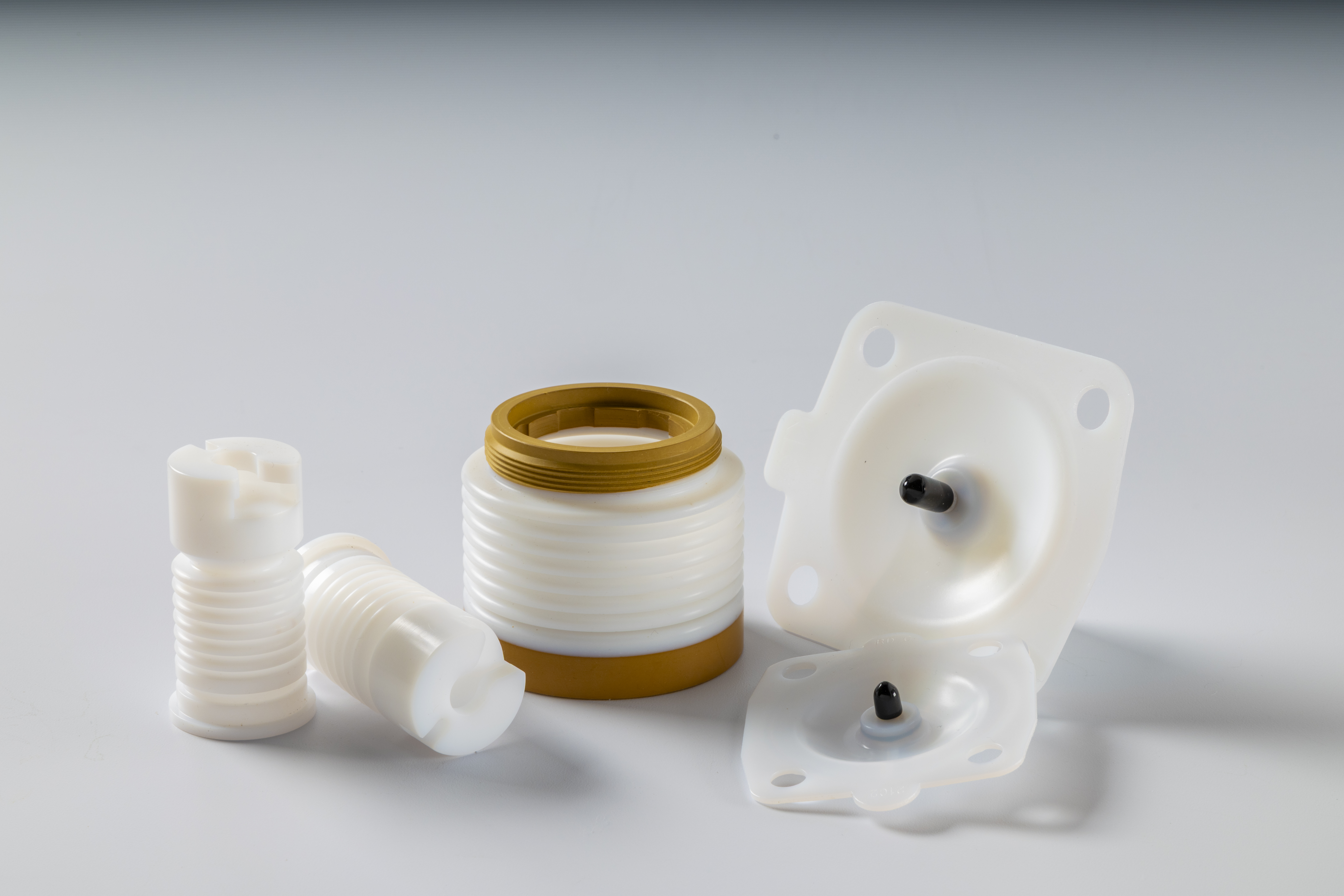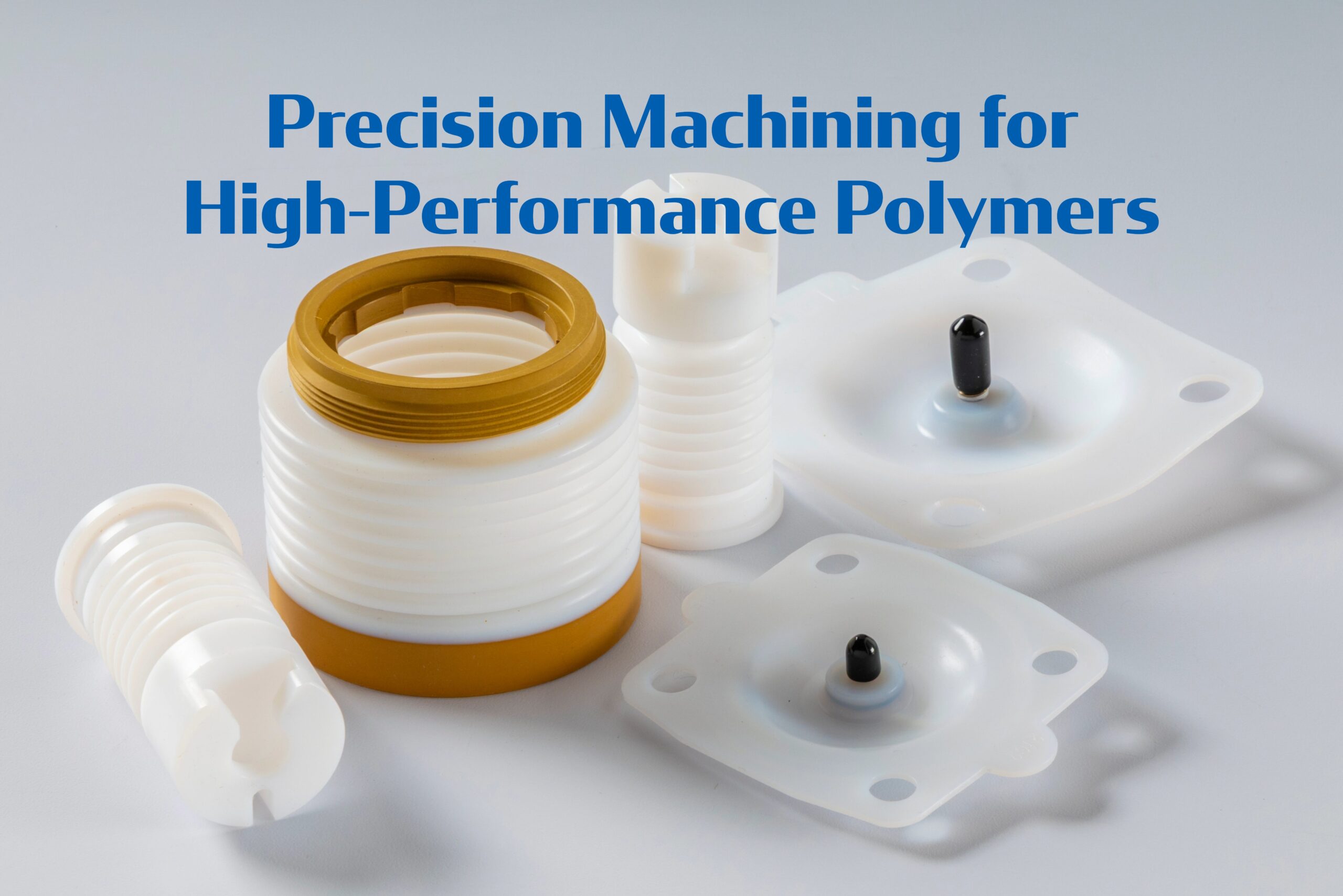The first part of this series examined the materials that contribute to the strength, durability, and reliability of polymer components within piston compressors. However, material selection is only part of the equation. Just as important is how those components are manufactured.
When working with reciprocating compressors—machines where pistons move up and down thousands of times per minute—there is very little margin for error. Even a slight imperfection in a sealing ring or piston guide can reduce efficiency, accelerate wear, or lead to mechanical failure. In applications like these, precision manufacturing is not just helpful—it is essential.
In this article, we will examine the production process of key polymer components, including piston rings, sealing rings, and valve plates. We will also explore how the right manufacturing approach can make a measurable difference in compressor performance and reliability.
Why Reciprocating Compressors Demand Precision
Reciprocating compressors rely on a complex balance of pressure, motion, and timing. Inside these machines, pistons cycle rapidly within cylinders, drawing in and compressing gases. The speed and frequency of this motion demand components that can maintain consistent performance over time.
Any deviation in part dimensions—however small—can disrupt this balance. That is why high-precision polymer components are crucial to the reliable operation of compressors. Tighter tolerances mean better sealing, reduced friction, and a longer service life. When each part fits perfectly, the entire system runs more smoothly and efficiently.
Manufacturing Techniques for Polymer Components for Piston Compressors
Not all polymer components are made the same way, and for good reason. Each component has a specific role to play in the compressor, and the best manufacturing approach depends on its geometry, material, and performance requirements.
Piston rings, for example, are typically CNC machined from carbon- or graphite-filled PTFE. These rings must seal tightly against cylinder walls while withstanding continuous movement, temperature changes, and pressure swings. Precision is non-negotiable here.
Sealing rings and wiper rings, on the other hand, are often injection molded. Molding allows for high-volume production with excellent consistency. In some cases, post-mold machining is used to meet tighter dimensional requirements.
Valves, disks, and plates are commonly machined from high-performance polymers like PEEK, PPS, or Torlon. These parts must remain stable under pressure and resist deformation at high temperatures, making the choice of material and surface finish critical.
Piston inserts and guides are also CNC machined to ensure alignment and wear resistance. These components are essential for proper piston tracking and preventing mechanical stress throughout the system.
Advanced EMC’s Manufacturing Capabilities
Advanced EMC offers both CNC machining and injection molding in-house, enabling them to match each component with the process that best suits it. For parts that require complex shapes or extremely tight tolerances, CNC machining provides the flexibility and control necessary to achieve precision. For simpler components or larger production runs, injection molding delivers speed and consistency without compromising quality.
Advanced EMC’s machining capabilities include multi-axis systems, fine surface finishing, and detailed quality checks at each stage. Molded parts benefit from consistent cycle times, optimized tooling, and the option for post-processing to meet customer specifications.
Quality Control and Precision Standards for Polymer Components for Piston Compressors
Precision is not just a goal—it is a standard. Every part must meet strict criteria for dimensional accuracy, roundness, flatness, and surface finish. Advanced EMC uses a combination of in-process monitoring and final inspection techniques to ensure that no part leaves their facility without meeting specifications.
This level of quality control is essential when components are destined for high-pressure, high-speed applications, such as piston compressors. Small variances can have significant consequences. That is why consistency, verification, and experience matter at every step.
Conclusion
In piston compressors, success depends on the smallest details. The materials used matter, but the way those materials are shaped into functional components is just as important. Whether it is a piston ring that must maintain a seal through thousands of cycles or a guide that keeps motion aligned, precision manufacturing makes all the difference.
With the proper process, the right materials, and the right partner, you can count on performance that lasts.
Contact Advanced EMC to learn more about how their precision manufacturing capabilities can improve your next compressor application.



